Bird Conservation in Today's Political Climate: How You Can Help
Bird conservation and other efforts to protect the environment are at risk. The 115th Congress is considering measures that affect public lands and wildlife. New administrators are taking over leadership of the Environmental Protection Agency and other federal agencies charged with protecting our natural resources. As a result, people are asking, “What can I do?”
Start by learning about the issues affecting bird conservation here. We at American Bird Conservancy will be advocating for each of these important bird conservation programs. Then, take the next step: Speak out by calling or writing to your Congressional decision-makers. (We like this tool for identifying your elected officials based on your address.) Phoning or writing personal letters has more impact than email.
We hope you will also sign our letter to Congress to let elected officials know that birds matter to you. And please join more than 300 organizations and 10,000 other concerned citizens by signing our petition, #togetherforbirds!
Keep the Endangered Species Act Strong
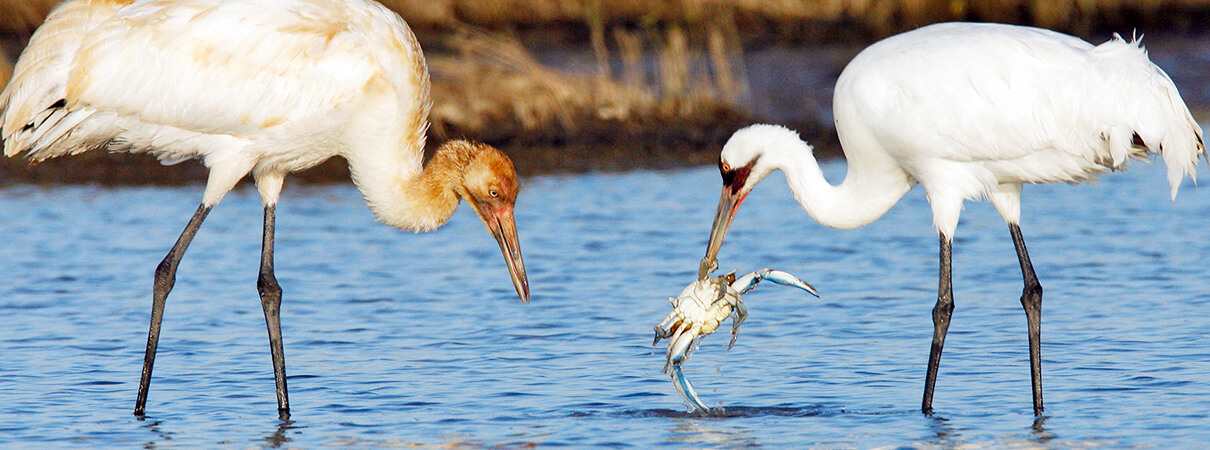
The last wild flock of Whooping Cranes had been reduced to fewer than 20 birds by the 1940s due to habitat loss and hunting. Intensive conservation stemming from the bird's Endangered Species Act listing has been essential to its survival. Photo by Brian Small.
Repealing the Endangered Species Act (ESA): That's the stated goal of Chairman of the House Natural Resources Committee Rob Bishop (UT). (See related story.) He claims the ESA has been ineffective at recovering listed species. But we know that the ESA works to bring threatened species back from the brink.
As our report The Endangered Species Act: A Record of Success explains, 78 percent of mainland birds have made progress toward recovery since their listing. Several have already recovered sufficiently to be delisted. The Bald Eagle is a notable success story, while the Whooping Crane probably would not survive today without ongoing ESA protection.
Other threats to the ESA include proposals to exempt individual species that may be in need of protection, such as the Greater Sage-Grouse, whose population is again in decline across much of its range.
ABC urges opposition to any proposals that weaken the Endangered Species Act or exempt individual species such as Greater Sage-Grouse from the ESA's provisions. Read more about threats to the ESA and why they matter.
Protect Public Lands and Wildlife Habitat
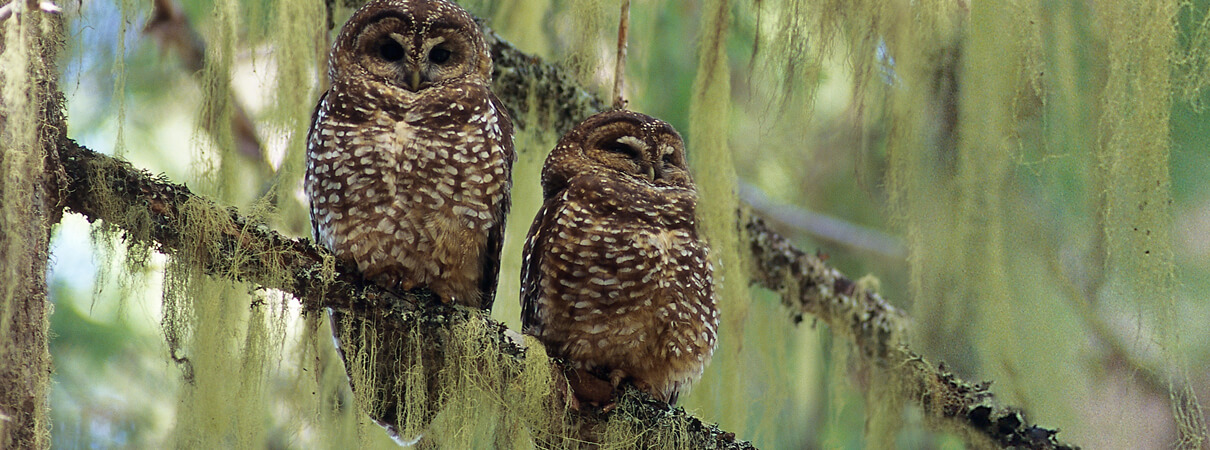
The Northern Spotted Owl is among the many species designated as Threatened and Endangered that rely in some part on protected federal lands. Photo by All Canada Photos/Alamy Stock Photos
Federal lands provide essential habitat for a number of birds listed under the Endangered Species Act, including the Northern Spotted Owl, Marbled Murrelet, and western Yellow-billed Cuckoo. Hundreds of species of migratory birds also depend on these lands for survival, and Americans rely on these lands for recreation and essential connections to nature and the outdoors.
Bills have been introduced in Congress that threaten to weaken protection of federal lands from unsustainable energy development, logging, and mining. The House of Representatives has already passed a rule change making it easier to sell off public lands. (See related story.) In addition, the new administration is promising an expansion of energy development on federal lands. A Senate Budget amendment has been proposed to undo conservation policies for the Greater Sage-Grouse; this amendment is likely to be considered this spring.
ABC urges opposition to proposals that dispose of or transfer federal lands important to wildlife, as well as proposals that weaken existing conservation standards or prevent protection of important wildlife habitats.
Support the Environmental Protection Agency
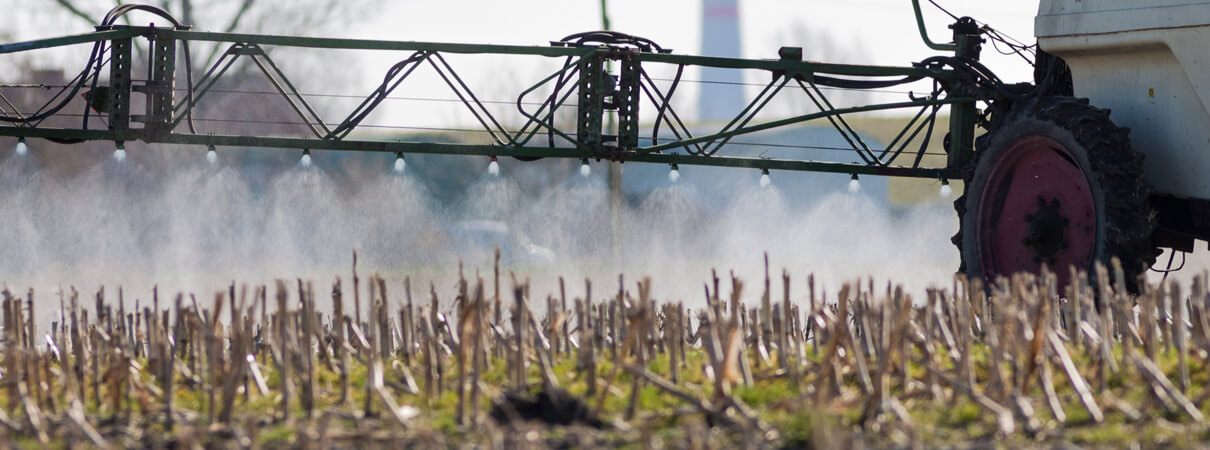
Agricultural pesticides threaten many species of birds, as well as other types of wildlife. Photo by Bildagentur Zoonar/Shutterstock
We at ABC are concerned about the new administration's promises to de-fund and ultimately dismantle other environmental protections. Much of the important work of the Environmental Protection Agency—from protecting pollinators and endangered species, to reining in fossil fuel emissions—is on the chopping block. We can't afford to lose momentum on the important effort to limit impacts to birds from the widespread use of neonicotinoid insecticides. As our study showed, “neonics” kill birds as well as bees. (See related story.)
ABC will be fighting to support the EPA as well as robust protections for birds and other wildlife.
Keep Science and Communication Strong
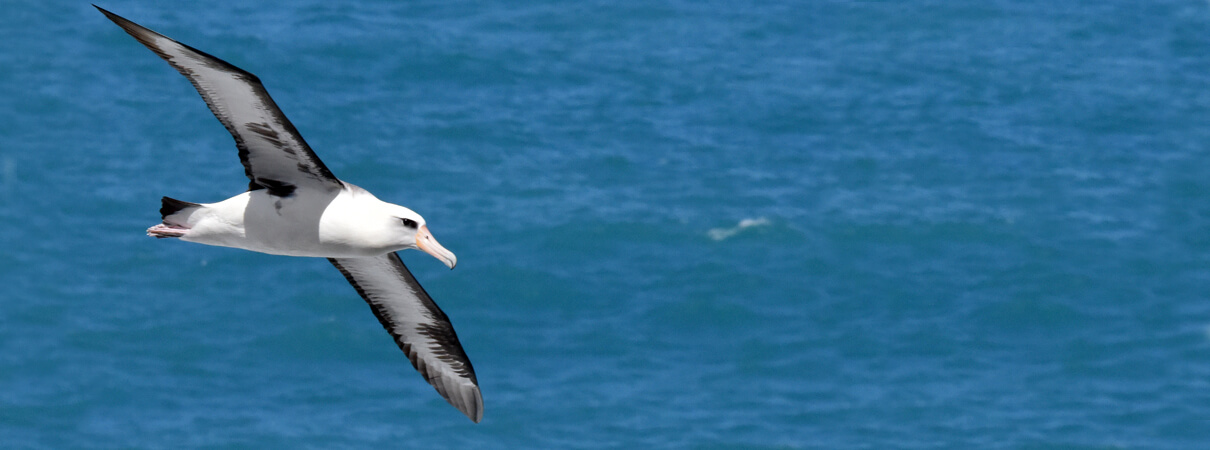
Effective conservation of birds—such as this Laysan Albatross—and other wildlife relies on strong and open scientific communication. Photo by Warren Cooke
The dissemination of science—and the public's ability to have a meaningful say in federal management decisions—are now at risk. Effective bird conservation is threatened by gag orders, website censoring, and proposals to limit the use of sound science in decision-making.
The National Environmental Policy Act is also under attack. (See related story.) This key environmental law requires the federal government to consider environmental analysis and public involvement in all federal decisions. It is the foundation of environmental protection in the United States. Threats to NEPA now include exemptions for energy development, logging, over-grazing, and other uses that may have extensive environmental impacts and create conflicts with other users of the public lands, such as birders and recreationists.
We at ABC oppose efforts to limit analysis and transparency in decisions that affect birds and the environment.
Support Federal Funding for Birds
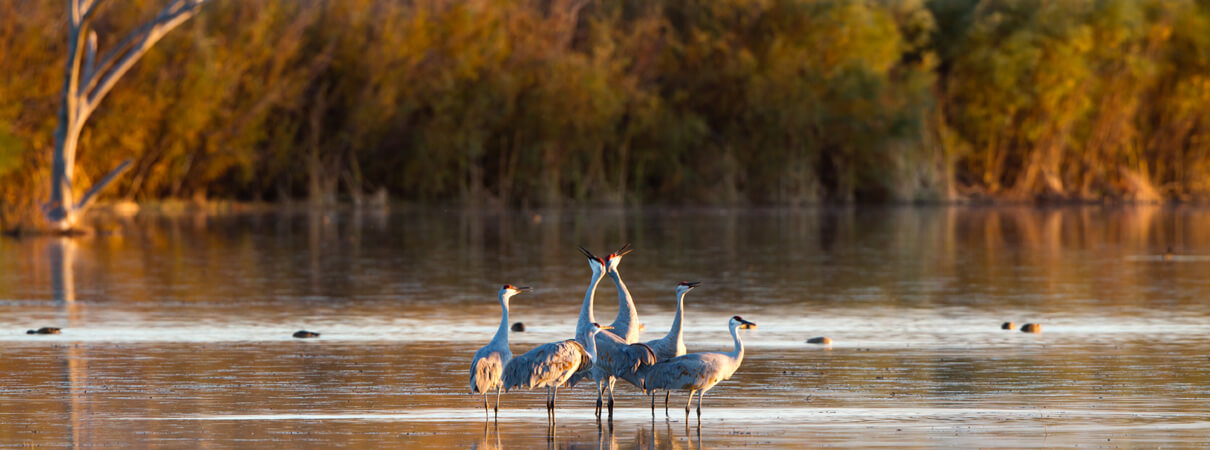
The Land and Water Conservation Fund protects natural areas for wildlife such as these Sandhill Cranes as well as recreational use. Photo by Martha Marks/Shutterstock
As the populations of many bird species continue to decline, it is essential that we maintain and even increase sources of federal support for bird conservation.
For four decades the Land and Water Conservation Fund (LWCF) has proven to be a crucial law for protecting priority species' essential habitat, such as in the Prairie Pothole region, where it enables the recovery of grassland bird species. Many other programs have also proven themselves as effective means to advance bird conservation: the Migratory Bird Joint Ventures, Regional Conservation Partnership Programs, Neotropical Migratory Bird Conservation Fund, state wildlife and waterfowl grants, ESA recovery projects, and Farm Bill conservation programs. Much more should be done, particularly to recover endangered birds in Hawai'i, several of which are in danger of imminent extinction.
Unfortunately, all of these programs are facing potential budget cuts. Please speak out for these programs to demonstrate your support.
Make Wind Energy Bird-Smart
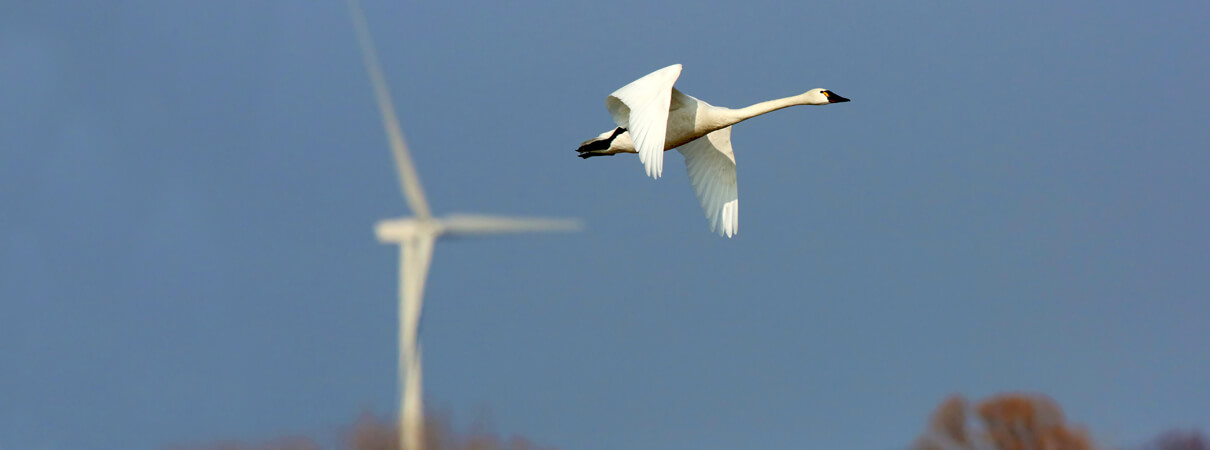
Proper siting of turbines is essential to minimize bird impacts from wind energy development. Photo by Brian Lasenby/Shutterstock
Wind-energy developments are rapidly proliferating on federal, state, and private lands. But there are no federal requirements to make these facilities bird-smart. These common-sense requirements should include locating turbines away from the most critical bird areas, preventing or mitigating unintended bird kills, and compensating for any completely unavoidable impacts.
ABC recommends stronger state and federal permitting regulations to ensure better siting decisions and improved enforcement of our existing wildlife protection laws. We also continue to call for improved bird mortality data collection and dissemination related to wind (and solar) energy facilities and their associated infrastructure, notably power lines and towers.
We are opposed to measures that would further de-regulate energy development on federal lands.
Bird Conservation Matters
Protecting birds is the right thing to do for many reasons, from honoring the inherent value of all species to preserving the services birds provide, such as pollination and seed dispersal. Please don't wait. Let your decision-makers know that you're watching—and that you'll stand up for birds.
Learn More
Please contact Jennifer Cipolletti, Deputy Director of Policy by phone (202-888-7476) or email (jcipolletti@abcbirds.org). Or visit our Policy and Advocacy website.


















































